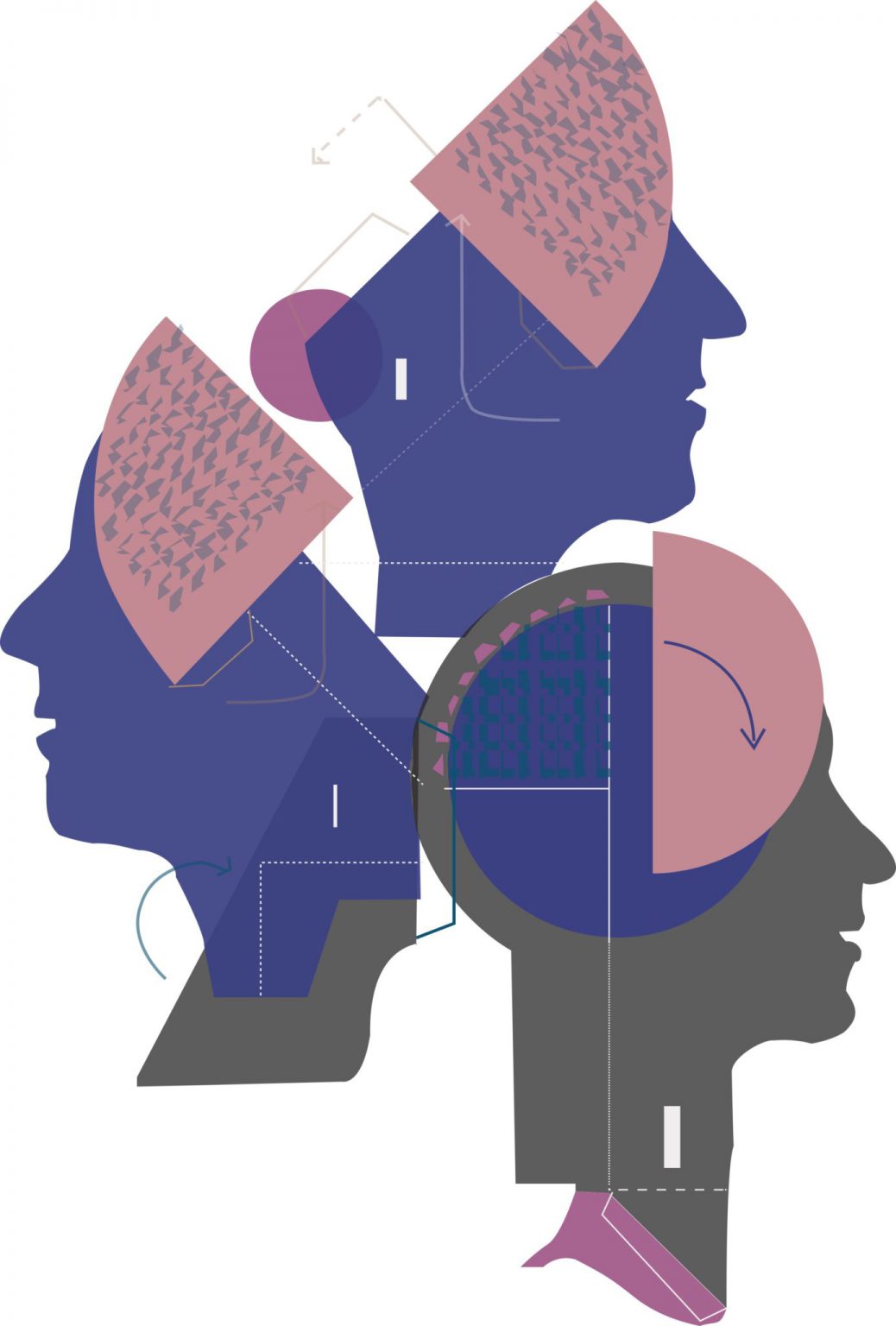The rise of digital learning platforms such as Fuse, Canvas and even LinkedIn aims to address the new needs of learners bringing in a self-directed, social learning approach. But after almost 20 years of adopting, building and leveraging technology across some of Australia’s largest and most progressive firms, at Maximus we know that a blanket adoption of digital platforms is unlikely to deliver the core shift in mindset, culture and capability that organisations expect. Associate Director and transformational leadership adviser at Maximus, Huw Thomas, says that by adopting concepts from marketing and behavioural science, and integrating these with the latest developments in technology, organisations can shape a new human-centred, multi-method approach to learning.
USER IS CHOOSER: TAKING A HUMAN-CENTRED DESIGN APPROACH TO LEARNING
The experience most of us have with technology outside of work is typically very positive – but within the workplace, where ‘digital’ isn’t always integrated into everyday work life properly, it can be synonymous with frustration, poor accessibility and unreliable data. And with most workers struggling to keep up with the constant competition for their attention, companies must tie effective, user-focused learning experiences into the way employees currently engage with the existing technology in the business to get traction with users.
“When are we going to understand that people do not spend time online? They exist in a world where reality blends the two. Digital stuff is just how we live,” writes Tom Goodwin, author of Digital Darwinism. A positive and proactive learning culture will come from delivering the right content to the right people at the right time.
Self-directed, just-in-time learning is well established outside the workplace, where people use YouTube to learn everything from changing a tyre to building a computer. That model has moved into the workplace, with the Yammers or Slacks of the world starting to make content creation, curation and distribution easier.
CREATING A SELF-DIRECTED LEARNING CULTURE
Thomas points out that the most crucial part of learning takes place outside the content. It is in the culture that sits around learning and development. “For a learning ecosystem to be effective, you need to build the right culture so that it gets used well and doesn’t sit there dormant,” he explains.
Organisations with a culture of learning and innovation support their employees to take charge of their own learning.
“This delivers employees who are ambitious and innovative, who will get online because they love to learn and want to find new ways of doing things on the job,” Thomas says.
The support involves shining a light on those who take an active interest in learning and development, creating and protecting space around that development time, and having honest conversations regarding the capabilities that people need to develop to reach success.
“Fundamentally, if your learning culture is not in the right place, it doesn’t matter what technology you throw at it, it won’t stick or work in the long-term,” says Thomas.

WHY DIGITAL PLATFORMS STILL DO NOT DELIVER MINDSET SHIFT
While digital platforms deliver useful results in an organisation, Thomas says there’s still a very important role for face-to-face learning experiences, which digital platforms cannot replace.
“Human interaction with an experienced coach or facilitator truly challenges emotional connections with the past, inquires more personally and inspires through emotion to generate significantly different perspectives,” he explains.
Lasting change in an organisation through learning efforts that enable leaders to examine and challenge their beliefs are often more successful in fundamentally changing mindsets, he adds. “Essentially, the learning experience needs to meet the learner and the organisation where it’s at.”
Thomas says organisations need to be honest when exploring where their learning culture, technical and technological capability currently sits, and create a learning experience that makes sense.
“Leaders have to stop seeing digital as a cheap delivery method and start thinking about enhancing the overall learning experience: what makes the most sense to offer digitally instead of face-to-face or socially?” Thomas questions. “Where should you blend the media and take an omnichannel approach? That’s where the thinking needs to be, focused on the human experience.”
James Aris, Head of Innovation, Offerings and Marketing at Maximus, agrees. “At Maximus our approach is more technology agnostic,” he says. “Driving conversations, sharing ideas, being self-reflective, learning a new skill, these can all happen in any media. It comes down to what the skills, capabilities, behaviours, or mindsets that I’m trying to shift at each leadership level or business unit are, and what’s the most appropriate medium to address that?”

85% of organisations saw experiential learning as important or critical to their business compared to just 69% for formal training.
2018 Brandon Hall Group Learning Strategy Study
WHERE TO START? Maximus looks at two leaning platforms leading the way…
ENBOARDER
Australian tech startup Enboarder launched in 2016 to streamline the employee onboarding process for organisations leveraging technology in a unique and engaging way. Based on the identification of knowledge gaps and need-to-know information, companies have set up a one-year plan that helps leaders support new employees from a culture and capability perspective. The software uses ‘nudges’’ and reminders – via email, WhatsApp, text or other preferred methods – to coach even the busiest managers of new hires to deliver engaging experiences for employees and make sure they are systematically introduced to the new processes and people they will need in their role.
LINKEDIN LEARNING
In response to the demand for people to constantly upskill to meet fast-changing business needs, LinkedIn bought e-learning company Lynda.com four years ago. This kick-started LinkedIn Learning, which now offers 13,000 expert-led courses and has more than 17 million users. The platform leverages its huge data-sets to suggest development courses relevant to the staff member of organisations.
This article was originally published in the 3rd edition of M Magazine, an exclusive print magazine aimed at inspiring and driving change through Australia’s executives and heads of HR.
Related Insights

Understanding the Importance of Emotional Intelligence
Growing research over the past 15 years suggests that another key ingredient distinguishes good leaders from great leaders – Emotional Intelligence or EI. Having a good understanding of others’ EI will help you to attract, retain and grow a robust leadership pipeline.

Success and Survival — It’s All in the Mind
There are many stories of individuals who have overcome unbelievable odds, and through inner-strength, have pulled themselves to safety. But why? What makes these people different? Does this ability to survive translate into the business world?

Are Your People All In?
At Maximus, our business aligned to a set of tightly held truths. One of those truths is what we call being “all in”. To us, being all in is about being purposeful, immersed and great at delivering on promises.